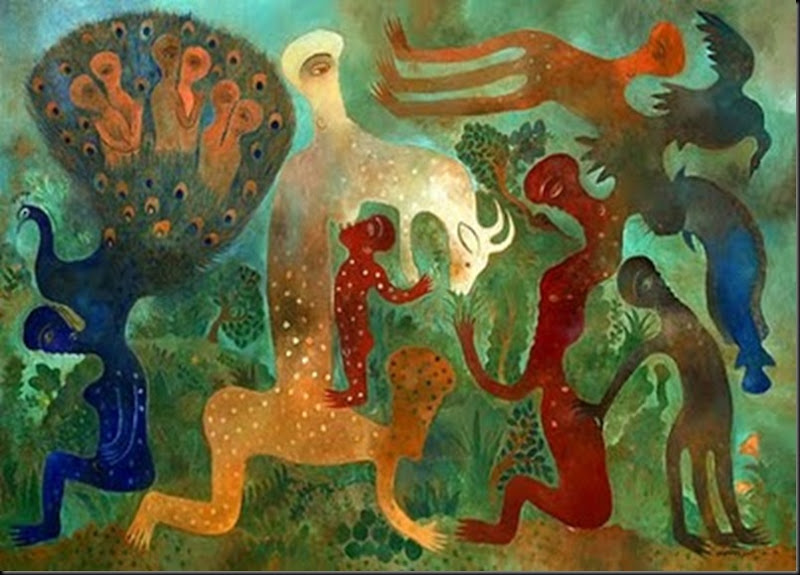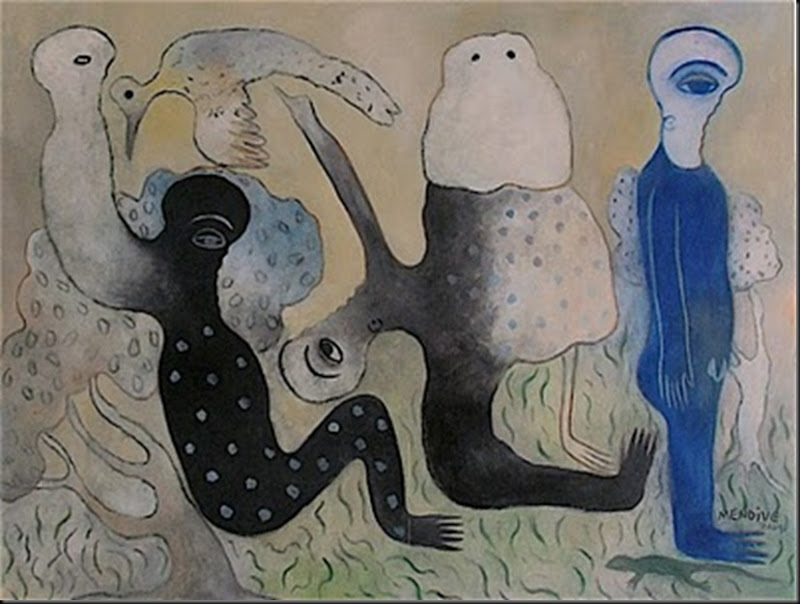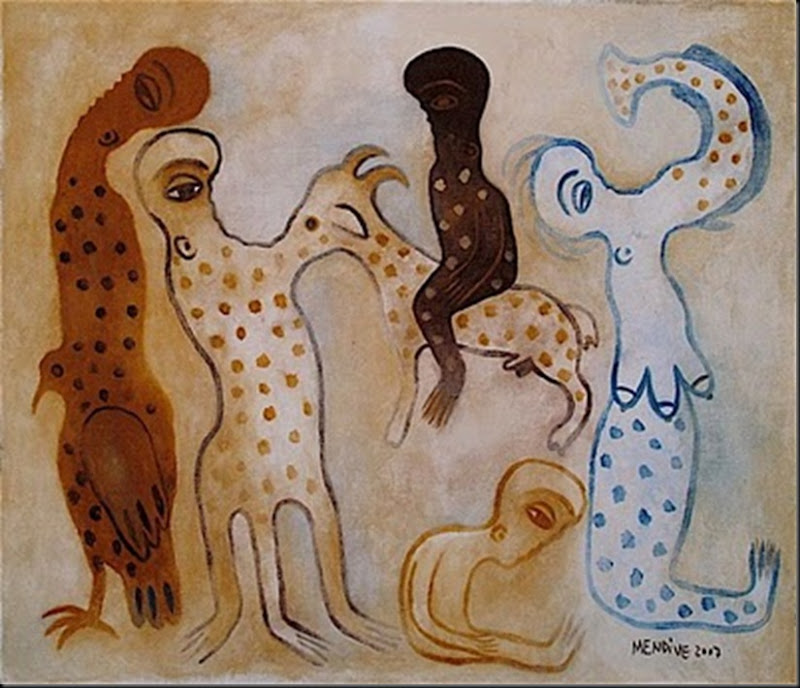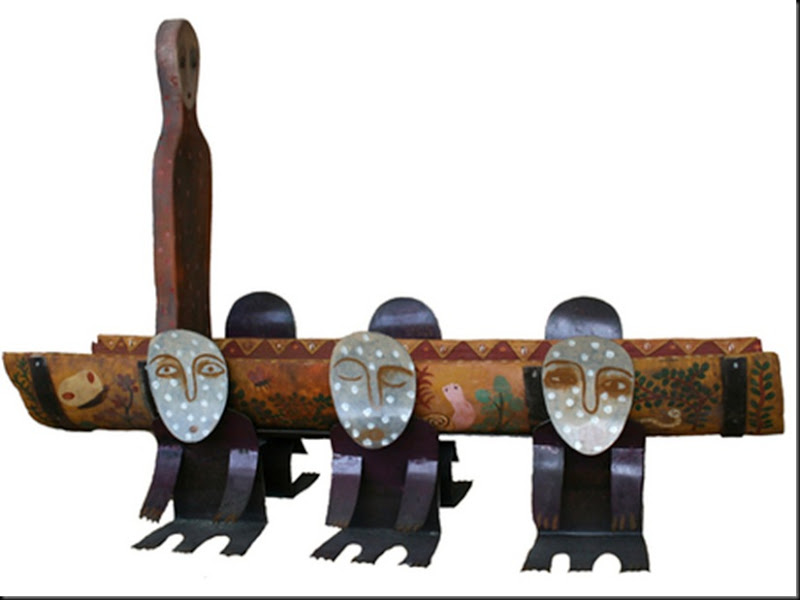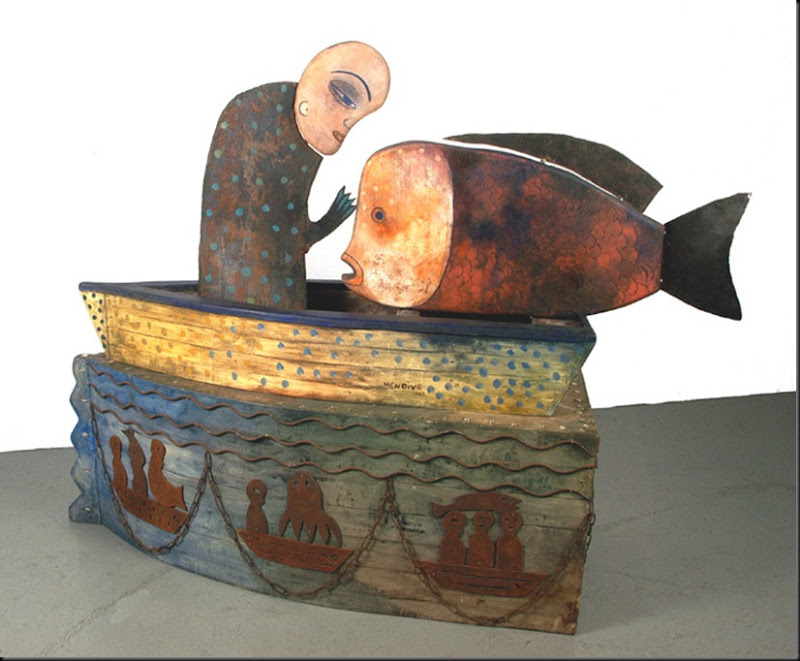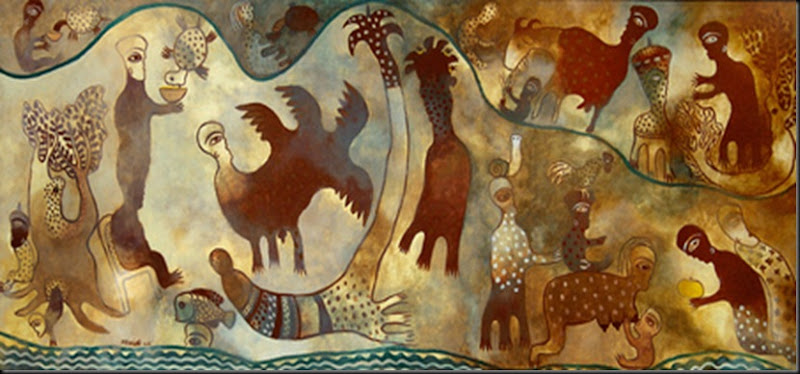“Sono di origine siciliana e mi sono avvicinata alla fotografia “seria” da appena cinque anni.
Prima ero più appassionata al video e, se si escludono i compleanni e gli alberi di Natale, non avevo mai fotografato con particolare impegno fino al momento di un viaggio negli USA, quando ho ricevuto in regalo una Canon Powershot S5IS.
Questa macchina oggi affianca due reflex Canon (350D – 550D) corredate con tre ottiche: 10-22mm, 24-105mm, 70-200mm 4L.
Anche se i parchi americani si prestarono molto a fare delle foto diverse dal solito, ad uscire dal banale, per me i miei primi scatti erano soltanto delle belle foto e niente di più.
E’ stato poi l’incoraggiamento degli amici a spingermi ad un maggiore impegno. Per farmi una sorpresa, un’amica inviò delle mie foto a un sito online e mi spinse a iscrivermi a un fotoclub virtuale.
Furono i commenti lusinghieri e incoraggianti dei vari soci a farmi rendere conto che gli apprezzamenti che ricevevo da coloro che mi stavano vicino non erano solo frutto della loro amicizia.
Il passo successivo fu l’iscrizione a MicroMosso, dove ho trovato un bellissimo ambiente e molti autori parecchio bravi da cui imparare.
In questi ultimi anni ho avuto la possibilità di fare diversi viaggi che mi hanno offerto molti spunti per realizzare delle foto di mio gusto ed apprezzate anche dagli amici fotograficamente più evoluti.
Naturalmente non fotografo solo in occasione dei viaggi.
Senza volere criticare e senza nulla togliere alla bravura di chi passa una vita intera fotografando la stessa tipologia di soggetto (macro, ritratto, nudo, ecc.), a me piace provare un pò con tutto
Sono in una fase in cui amo sfidare me stessa sperimentando generi diversi, anche se mi sento più portata al reportage, adoro fotografare i paesaggi e la natura in genere, gli eventi live e la gente.
Il mio soggetto preferito sono infatti le persone, in particolare le donne che tra le foto presentate su MM sono il soggetto più frequente.
Sebbene so apprezzare la qualità dalla fotografia analogica, mi considero fortunata ad essere approdata alla fotografia direttamente nell’epoca del digitale.
La sua versatilità offre dei vantaggi straordinari per chi come me, senza dovere aspettare il ritorno delle diapo dal laboratorio, impara sperimentando …e poi c’è il mondo straordinariamente espressivo del “post”.
E’ stata una piacevole sorpresa essere stata selezionata sia per la Mostra Fotografica MicroMosso “Scatti dal Web” a Lucca che per “Un Anno di Micromosso” a Seravezza.
Oltre a queste esperienze, ho partecipato ad un solo concorso fotografico: ” Il Bello Fa Bene”
Un concorso per selezionare immagini da collocare in modo permanente nelle strutture sanitarie dell’Azienda USL di Bologna, onde renderle più accoglienti.
Al concorso parteciparono 414 persone con 1913 fotografie, di cui solo 100 furono selezionate per una grande mostra nelle sale dell’Archiginnasio di Bologna e da collocare successivamente negli ospedali.
La scelta tra quei cento scatti di tre delle mie immagini fu una emozione davvero speciale per me.
Un altra soddisfazione è stata la pubblicazione di un mio scatto a rappresentare il mese di dicembre sul calendario 2011 del “Centro Studi Antartide” di Bologna. Infine, alcune mie foto di genere archeologico sono presenti in un libro intitolato “Theatra”, sul tema appunto dei teatri antichi.
Ecco questa sono io!
Un saluto a tutti da Giulietta!”
Le foto di Giulietta su Micromosso
>>>
Prima ero più appassionata al video e, se si escludono i compleanni e gli alberi di Natale, non avevo mai fotografato con particolare impegno fino al momento di un viaggio negli USA, quando ho ricevuto in regalo una Canon Powershot S5IS.
Questa macchina oggi affianca due reflex Canon (350D – 550D) corredate con tre ottiche: 10-22mm, 24-105mm, 70-200mm 4L.
Anche se i parchi americani si prestarono molto a fare delle foto diverse dal solito, ad uscire dal banale, per me i miei primi scatti erano soltanto delle belle foto e niente di più.
E’ stato poi l’incoraggiamento degli amici a spingermi ad un maggiore impegno. Per farmi una sorpresa, un’amica inviò delle mie foto a un sito online e mi spinse a iscrivermi a un fotoclub virtuale.
Furono i commenti lusinghieri e incoraggianti dei vari soci a farmi rendere conto che gli apprezzamenti che ricevevo da coloro che mi stavano vicino non erano solo frutto della loro amicizia.
Il passo successivo fu l’iscrizione a MicroMosso, dove ho trovato un bellissimo ambiente e molti autori parecchio bravi da cui imparare.
In questi ultimi anni ho avuto la possibilità di fare diversi viaggi che mi hanno offerto molti spunti per realizzare delle foto di mio gusto ed apprezzate anche dagli amici fotograficamente più evoluti.
Naturalmente non fotografo solo in occasione dei viaggi.
Senza volere criticare e senza nulla togliere alla bravura di chi passa una vita intera fotografando la stessa tipologia di soggetto (macro, ritratto, nudo, ecc.), a me piace provare un pò con tutto
Sono in una fase in cui amo sfidare me stessa sperimentando generi diversi, anche se mi sento più portata al reportage, adoro fotografare i paesaggi e la natura in genere, gli eventi live e la gente.
Il mio soggetto preferito sono infatti le persone, in particolare le donne che tra le foto presentate su MM sono il soggetto più frequente.
Sebbene so apprezzare la qualità dalla fotografia analogica, mi considero fortunata ad essere approdata alla fotografia direttamente nell’epoca del digitale.
La sua versatilità offre dei vantaggi straordinari per chi come me, senza dovere aspettare il ritorno delle diapo dal laboratorio, impara sperimentando …e poi c’è il mondo straordinariamente espressivo del “post”.
E’ stata una piacevole sorpresa essere stata selezionata sia per la Mostra Fotografica MicroMosso “Scatti dal Web” a Lucca che per “Un Anno di Micromosso” a Seravezza.
Oltre a queste esperienze, ho partecipato ad un solo concorso fotografico: ” Il Bello Fa Bene”
Un concorso per selezionare immagini da collocare in modo permanente nelle strutture sanitarie dell’Azienda USL di Bologna, onde renderle più accoglienti.
Al concorso parteciparono 414 persone con 1913 fotografie, di cui solo 100 furono selezionate per una grande mostra nelle sale dell’Archiginnasio di Bologna e da collocare successivamente negli ospedali.
La scelta tra quei cento scatti di tre delle mie immagini fu una emozione davvero speciale per me.
Un altra soddisfazione è stata la pubblicazione di un mio scatto a rappresentare il mese di dicembre sul calendario 2011 del “Centro Studi Antartide” di Bologna. Infine, alcune mie foto di genere archeologico sono presenti in un libro intitolato “Theatra”, sul tema appunto dei teatri antichi.
Ecco questa sono io!
Un saluto a tutti da Giulietta!”
Le foto di Giulietta su Micromosso
All images © Giulietta Mora








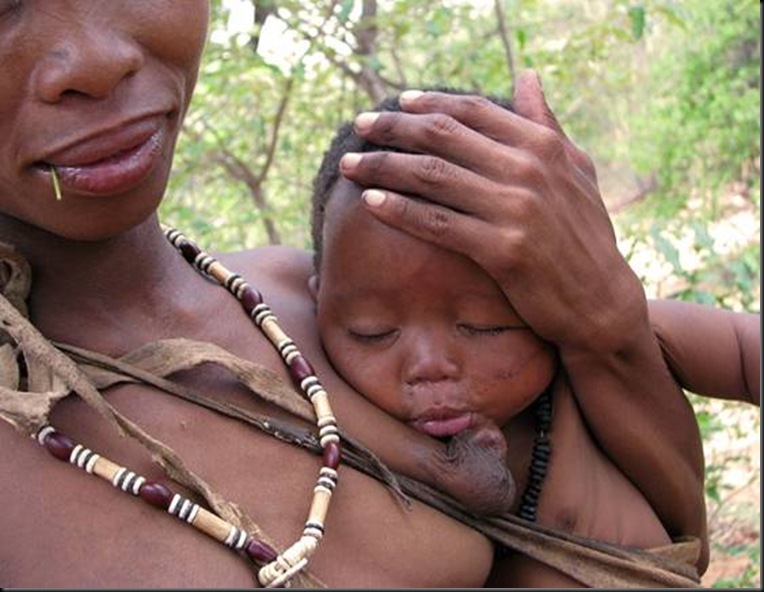
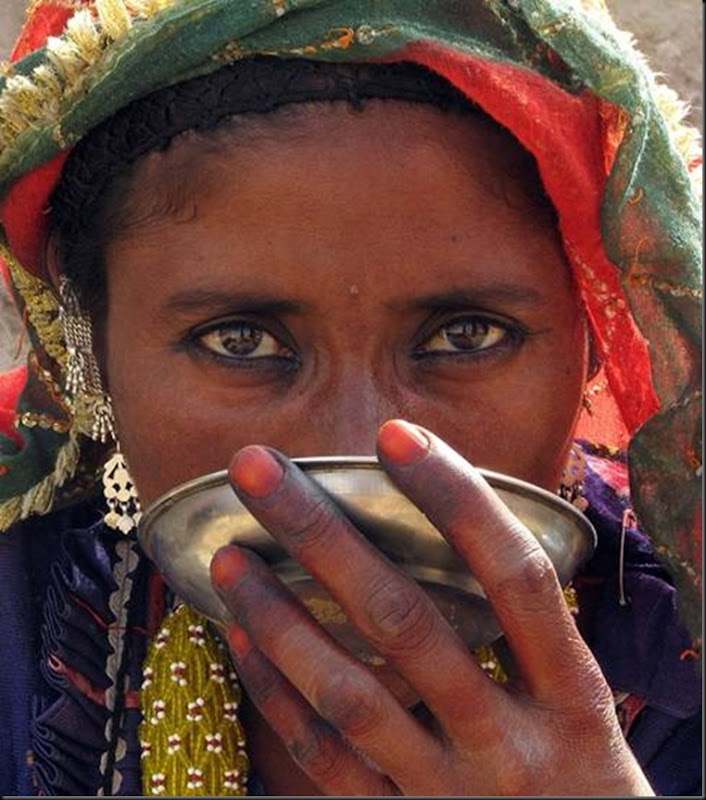




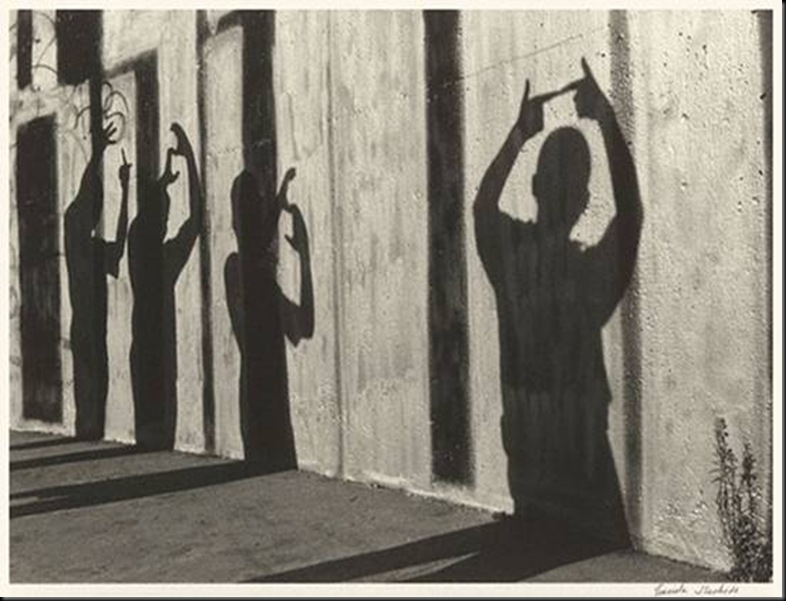





![clip_image002[4] clip_image002[4]](https://blogger.googleusercontent.com/img/b/R29vZ2xl/AVvXsEjmSWtTlWinkHrRVoVhcIxd9BfB5ALovoFr6MhnFcWXLCsLDgOaz4_6oDKxtJ0YXSnGh_gYr-FSGpysJmu6tYY-dv7_Wtjei3RMZSPiHAd4rKby9qr0QrYcckutl7tmvJj7-WAczACR4dvh/?imgmax=800)

![clip_image004[4] clip_image004[4]](https://blogger.googleusercontent.com/img/b/R29vZ2xl/AVvXsEi5GQXzjqZLT5YYcHnvUG6S_C7DkFIPuwqNUR6QN4PWzh8lJ33tzK7XvvzPhSXZjx_mWM2ImS7gVw0HqHXf1m6bpNoKkRqTfXZUoNxeDBZ7eIlN-l1qaDT21WkTYUHR1M3m9Xt-X2jPLiDa/?imgmax=800)

![clip_image006[4] clip_image006[4]](https://blogger.googleusercontent.com/img/b/R29vZ2xl/AVvXsEgbtQ3jnSeeZGyShnoKTD2WweTpOHBsm11whkGg76e2OuTNSoFZlnHXhPrfJm5VXfJW16beC2__dV3PPrPKcEI8RZ3OPyg7PkPOxNydyhKD_N2bUbNlY0vSzDfW7YfnaXLBdG9LUwf3y8Av/?imgmax=800)

![clip_image009[4] clip_image009[4]](https://blogger.googleusercontent.com/img/b/R29vZ2xl/AVvXsEiArVXB2WWbg8G7q2HoNbn3QlNtAXH_re-8kcHTkaRoYYb2VtmnOfTlfqfeNZNykjtHCM7kOKU6gvCgW4ln0LP7yPSxdUZd_VaHWk88F7-vmxh2lzCzlR-ZpgNm2V006BZbe2jBX7KqflKF/?imgmax=800)

![clip_image011[4] clip_image011[4]](https://blogger.googleusercontent.com/img/b/R29vZ2xl/AVvXsEix6wz5CwedlRI1T6aLniVjKwbHAKsUdT4vAKLFUc1p7O-IX-ITNdtr9zaAfSnnkZgIIRBFyAKqVwZCUh9jsUZNld4A7nRSei9GuvKhwnDTTttYGu1vkur_A8d0wLgxI_eQIigaQQecVDt5/?imgmax=800)







